THROUGH THE EYE OF MARGUERITE KEARNS (Point of View):
During the first week of January in 1914, a hardy band of marchers under the direction of suffragist Rosalie Jones started out from New York City on a march headed to Albany, NY to ask NYS Governor Martin Glynn to appoint poll watchers in the 1915 suffrage referendum. My grandparents Edna and Wilmer Kearns, plus their young daughter Serena, were part of the contingent.
I’ve written about this before, and it is appropriate to bring it up now. On February 18, 2017 there’s a symposium at the Irish American Heritage Museum. 370 Broadway, Albany, NY, 10 a.m. to 2 p.m. to take a look at New York’s 40th governor and the first Irish American Roman Catholic governor. Governor Glynn is virtually unknown in New York today. I stumbled on his service to the state when I looked into what the suffrage activists like my grandmother faced when they took off from New York City to bend the ear of the state’s chief executive officer.
Governor Glynn supported women voting, but his wife didn’t. The governor met with Rosalie Jones and a delegation of the 1914 marchers who made it successfully during the long freezing ordeal on foot, but Glynn was non committal at that time about responding to their request.
When I decided to find out more about this story, I tracked down Governor Martin H. Glynn: Forgotten Hero a biography by Dominick C. Lizzi, a former Town of Valatie historian. It’s an extraordinary story involving NYS, national, and international politics. The book refers to Governor Glynn’s support of votes for women and his progressive policies. Plus, there’s discussion of his wife Mary Glynn and her love of the Albany social scene.
I stumbled on Mrs. Glynn’s name in a Women’s Anti-Suffrage Association pamphlet printed and distributed by the Third Judicial District of NYS in Albany, NY. where Mrs. Glynn was listed as a vice president. Dominick C. Lizzi confirmed that—yes, indeed—it was Martin Glynn’s wife Mary. This fascinated me, and that’s why and how I settled in to read Lizzi’s book.
The details of the story about the governor and his wife are too much to address here, as well as the larger context of the NYS anti-suffrage movement. No Votes for Women: The New York State Anti-Suffrage Movement by Susan Goodier, published by the University of Illinois Press in 2013, fills out the big picture and provides a larger context to those who didn’t support women’s voting rights back then.
Just like today, there are those women who benefit from the current social structure who feel threatened by a shift in the status quo. It’s not a matter of reason or logic. It’s a fact, and many Americans are getting used to the idea that women don’t necessarily vote as a block. The story of NYS Governor Glynn and his wife Mary is one such example. The constituency of those women tired of their second-class citizenship status is growing faster than during the days of my grandmother Edna Kearns. As a grassroots activist, she volunteered to address the uphill struggle of bringing about equality with voting rights in mind. It was no casual commitment. From what I can tell, she worked from dawn to dusk for a decade, from 1910 to 1920, and had no idea if the goal would ever be realized.
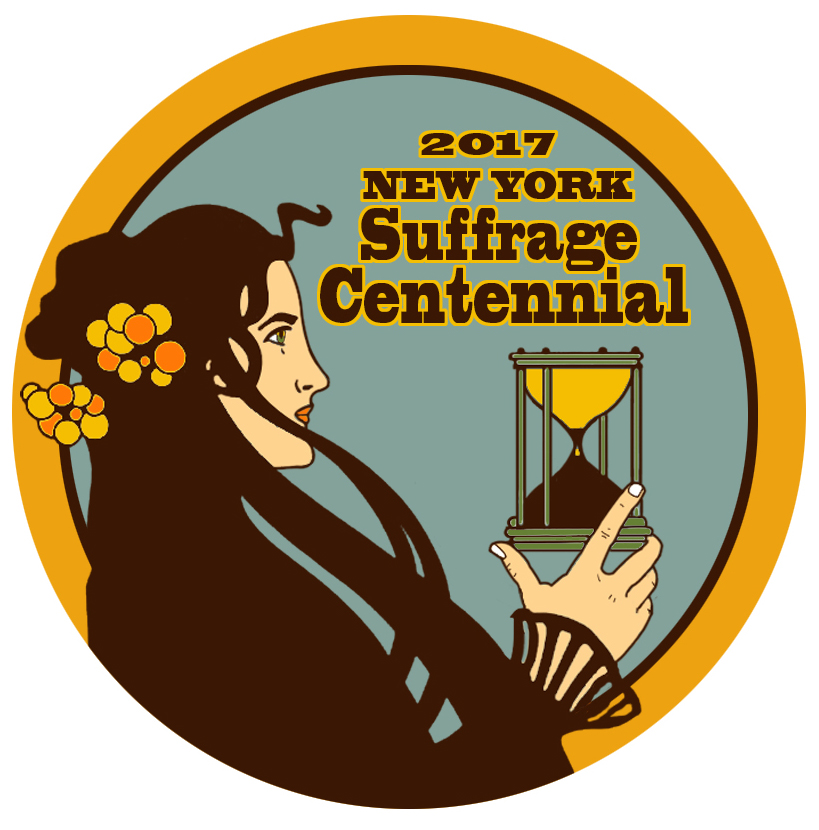
“Choose it and Use it” is a video reminding us of how the past is linked to what we do today and its impact on the future.
Celebrate women’s freedom to vote at Suffrage Wagon News Channel. SuffrageWagon.org has been publishing since 2009.
New York State’s suffrage commission has a mission of celebrating the state’s suffrage movement history from 2017 through to 2020, the nation’s celebration of American women voting for 100 years. This is one of many features associated with this important historic observance.
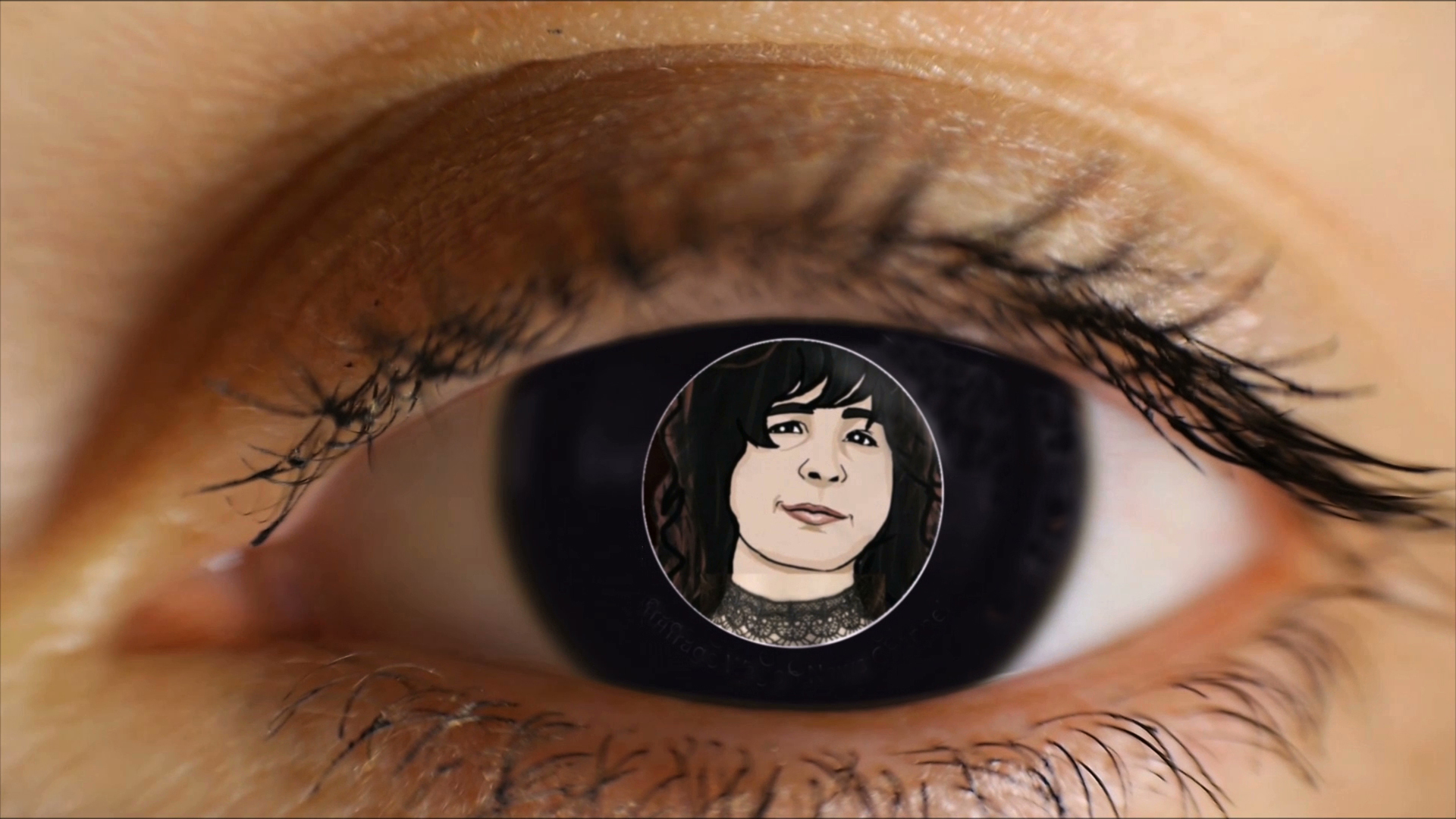

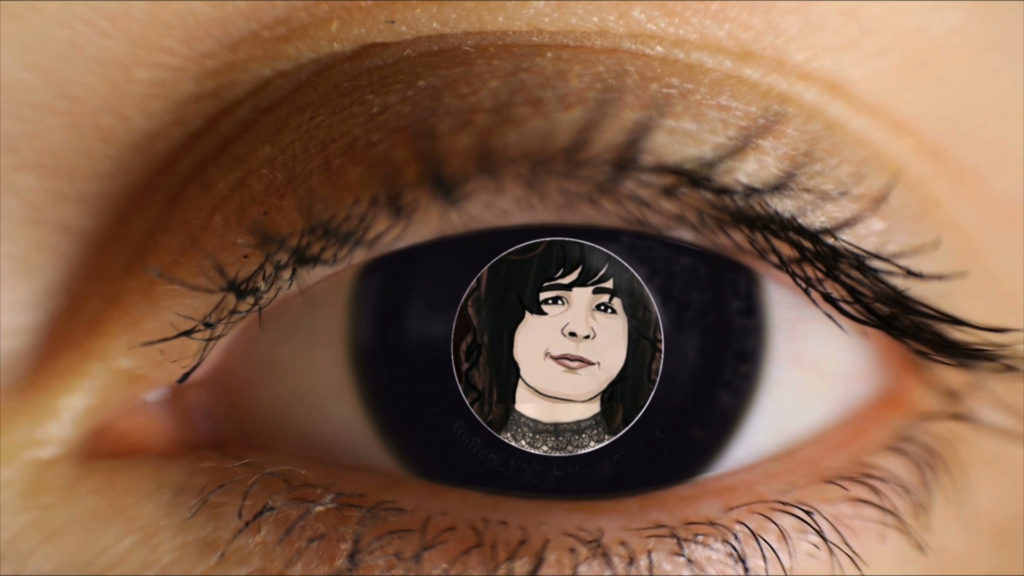
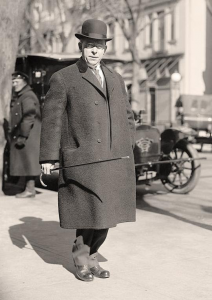
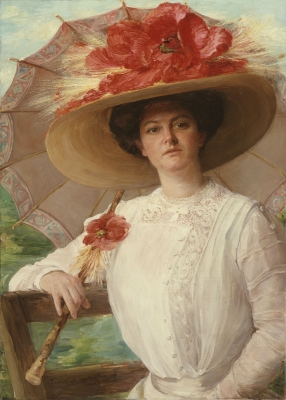

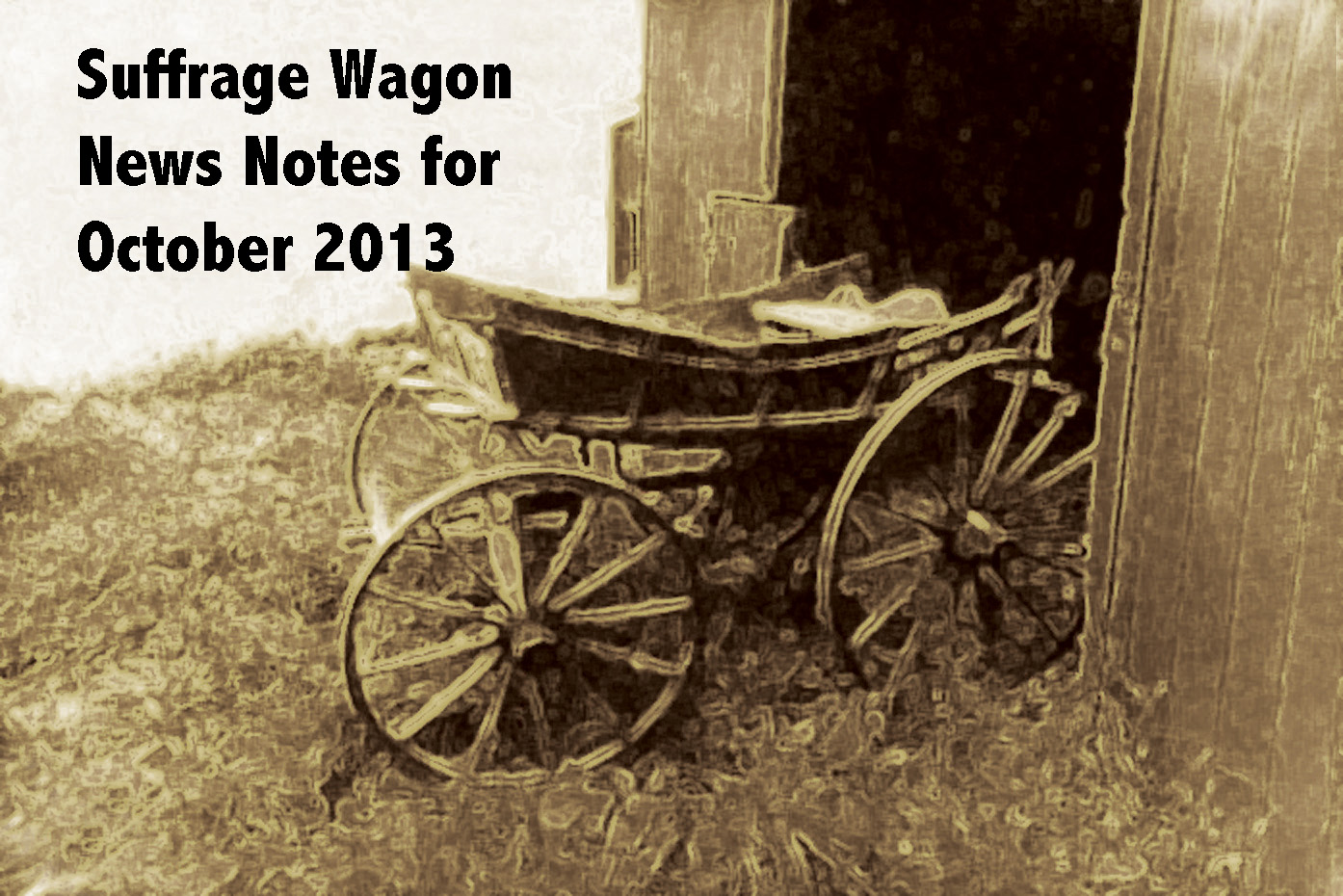
0 Comments